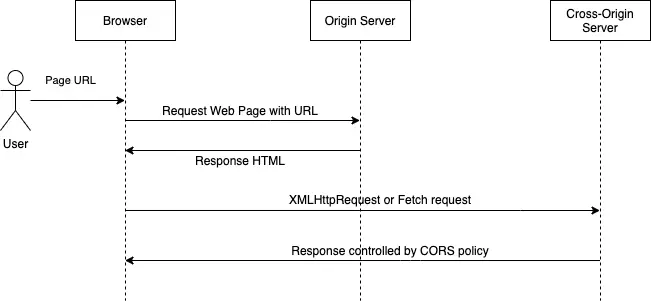

$('#ResponseContent h2').html('Response Content')

To see these examples in action, take the Ajax training course. Check out for a list of sites that offer CORS-enabled resources.įor these examples to work, more files are required than are available in this how to. Check out, an excellent tutorial on HTML5 Rocks, to delve deeper into the topic. The CORS request/response cycle can get significantly more complex, with "preflight" requests sent by the browser and responded to from the server, before another set of request/response the passing of cookies or other authentication mechanisms and other sharing of data. The great thing for us, as web developers, is that CORS-enabled responses work just like responses from our own (same-origin) site: our code can process the JSON, XML, or other response we receive just as if we were making a request of a page or resource on our own server. Would allow access only from a particular domain. Is allowing access from all requesting domains. At its most basic, a server issuing an HTTP response which includes the header Access-Control-Allow-Origin: * CORS defines the communication between browser and server: specific headers in the HTTP request and HTTP response tell the browser that it's OK to accept the resource. CORS offers a way for two sites to allow safe sharing of resources.
#Preflight missing allow origin header ajax how to#
How to Make a Cross-origin Ajax Request See Ajax: Tips and Tricks for similar articles.Ĭross-origin Resource Sharing (CORS) is a mechanism for requesting fonts, scripts, and other resources from an origin (defined, as above, as the combination of domain, protocol, and port) other than the requesting origin.įor instance, if sending a request from, any of the following would be "cross origin":Īnd, thus, scripts (or font, or other similar resources) would be blocked from these "foreign" sites.


 0 kommentar(er)
0 kommentar(er)
